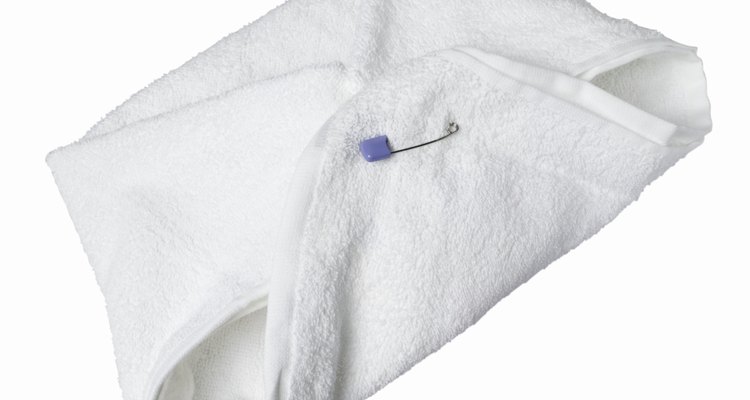
With all of the fabrics available today, it can be tough to know what the difference is between some of them. Microfibers are man-made materials turned into acrylic, polyester, rayon and nylon fabrics. Both microfleece and microplush are created with microfibers; however, each is manufactured differently and used to create different products.
Materials
Microfleece is made entirely of polyester, either knitted or woven. Some microfleece products are made using recycled plastic drink bottles. The bottles are broken down and formed into strands that are knitted or woven into the fleece. Microfleece items made with plastic bottles offer virtually the same look, feel and use as those made without them. In contrast, microplush is a trademarked material created by Monterey Mills. It is knitted using fine acrylic fibers.
Microfleece
Microfleece is a soft fabric known for its ability to stay dry; it allows moisture to pass through it so that material itself remains dry. When it does gets wet, microfleece dries quickly and maintains its warmth. A flexible, durable and lightweight fabric, microfleece is also resistant to pilling, the formation of little balls of fabric.
Microplush
Both microfleece and microplush are known for their softness, but microplush is considered the softer of the two. A light material with a feel reminiscent to velvet, microplush is machine-washable and resistant to stains and mildew. Further, colors on microplush items will not run.
Uses
Because of its ability to pull wetness away from the skin, microfleece is often used in making cloth diapers. Its benefit is not absorbancy but its softness and dry feel against the baby's skin. Blankets and mattress covers are often made of microfleece as well. Further, with its warmth and wind resistance, microfleece is a popular material for outerwear like jackets and pullovers and makes for a good alternative to wool because it is lighter and doesn't cause itchiness. The luxurious feel of microplush is often applied to the making of blankets, bedspreads, pillows and pillow cover.
Related Articles
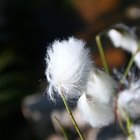
Define Cotton Silk Fabric

Differences Between Polyester and Nylon ...

Types of Wool Sweaters

Thinsulate Vs. Thermolite
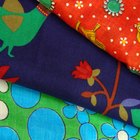
What Is Arnel Vintage Material Fabric?

Difference Between Suede & Microfiber
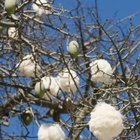
List of Plants Used for Clothing

What Is Cotton Plisse?

The Differences Between Fleece & ...
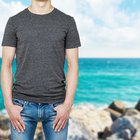
How Much of the World's Clothing Is ...

Microfiber vs. Cotton Clothes
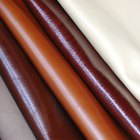
About Deerskin Leather

Sheepskin Vs. Deerskin

What Is Synthetic Hair Made Of?

The Difference Between Polartec and ...

Different Kinds of Chiffon Fabric

The Uses of Rabbit Fur

What Is Berber Fleece?

Uses of Coconut Fiber

Different Types of Flannel Fabrics
References
Writer Bio
Kathy Mair has been writing professionally since 1994. As a member of the Kinston Indians front office, she was responsible for all team press releases and articles, a duty she subsequently held for two other minor league baseball teams. Mair also spent time as a copy editor for "TV Guide." She holds a Bachelor of Arts in communications from Elizabethtown College.
Photo Credits
Stockbyte/Stockbyte/Getty Images